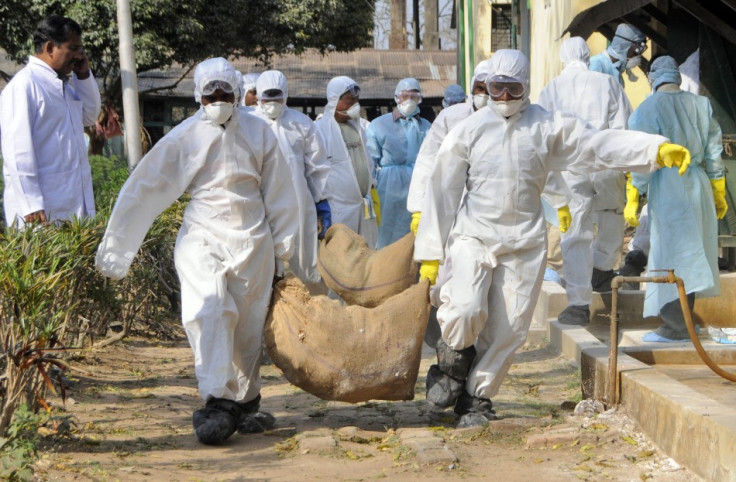Biological Warfare: Terrorists Could Use New Bird Flu Strain to Kill Millions

A Dutch laboratory who developed a strain of bird flu which has the potential to kill millions want to publish its research, sparking fears the information could be used by terrorists.
Scientists at the Erasmus Medical Centre in Rotterdam have been able to develop the H5N1 strain of avian influenza so it can be easily transmitted through the air.
Previously the deadly virus could only be transmitted between humans if they came into very close personal contact with those infected.
The US government now fears that that this knowledge could fall into the hands of terrorists who could use it as a bio-weapon of mass destruction.
The Dutch scientists believe that the controversial research is vital in order to develop new vaccines and drugs in order to combat the virus.
The findings are due to be published in the American journal Science, but the U.S. National Science Advisory Board for Biosecurity have advised U.S. officials to remove key parts of the paper in case terrorists use the information to engineer their own lethal strain of the virus.
"The fear is that if you create something this deadly and it goes into a global pandemic, the mortality and cost to the world could be massive," a scientific advisor to the U.S. Government was quoted as saying in the Independent.
"The worst-case scenario here is worse than anything you can imagine."
The H5N1 strain of avian influenza has killed hundreds of millions of birds since it first appeared in 1996. It has also killed around 60 percent of the 600 humans who have been infected. The spread so far has been limited as the current strain is not passed easily between humans.
The study was led by Dr Ron Fouchier, who defended the research on the Erasmus Medical Centre's website, explained that it only took a small number of mutations to modify the H1H5 to make it easily spreadable through the air.
"We have discovered that this is indeed possible, and more easily than previously thought. In the laboratory, it was possible to change H5N1 into an aerosol-transmissible virus that can easily be rapidly spread through the air," Dr Fouchier said. "This process could also take place in a natural setting.
"We know which mutation to watch for in the case of an outbreak and we can then stop the outbreak before it is too late. Furthermore, the finding will help in the timely development of vaccinations and medication."
There have been suggestions that because of the sensitive nature of the research that it should have been carried out in a secure military facility, instead of a university laboratory. It is reported that the mutated virus is in a secure location, but is not protected by armed guards.
© Copyright IBTimes 2025. All rights reserved.






















